For enthusiasts, the name Peter Schreyer should ring a lot of bells. The famed designer, who gained popularity with his works with Volkswagen and Audi, transformed Kia’s lineup into what we see on the roads today. If you’re looking for a prominent Schreyer design, just look at the Kia Stinger and tell us what you think.
Since 2007, the ‘Tiger Nose’ has become a prominent corporate identity for the South Korean car brand – a true Schreyer mark that has been etched in automotive history.
Over 13 years later, Kia is moving on to a new phase as a premier car company. Along with its new emblem and “Movement that Inspires” slogan, the Korean automaker is introducing a revamped design philosophy dubbed as “Opposites United.”
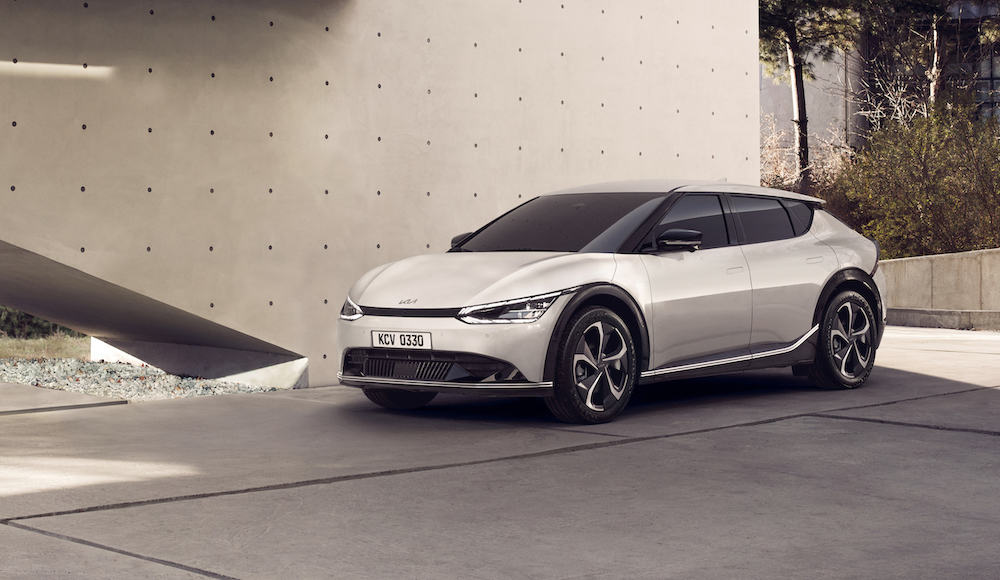
The new design language is born on the Kia EV6, which has been previewed in six official images. In this new Kia chapter, the Tiger Nose grille has been dropped in favor of what the automaker calls the Digital Tiger Face, in line with the company’s push for electrification.
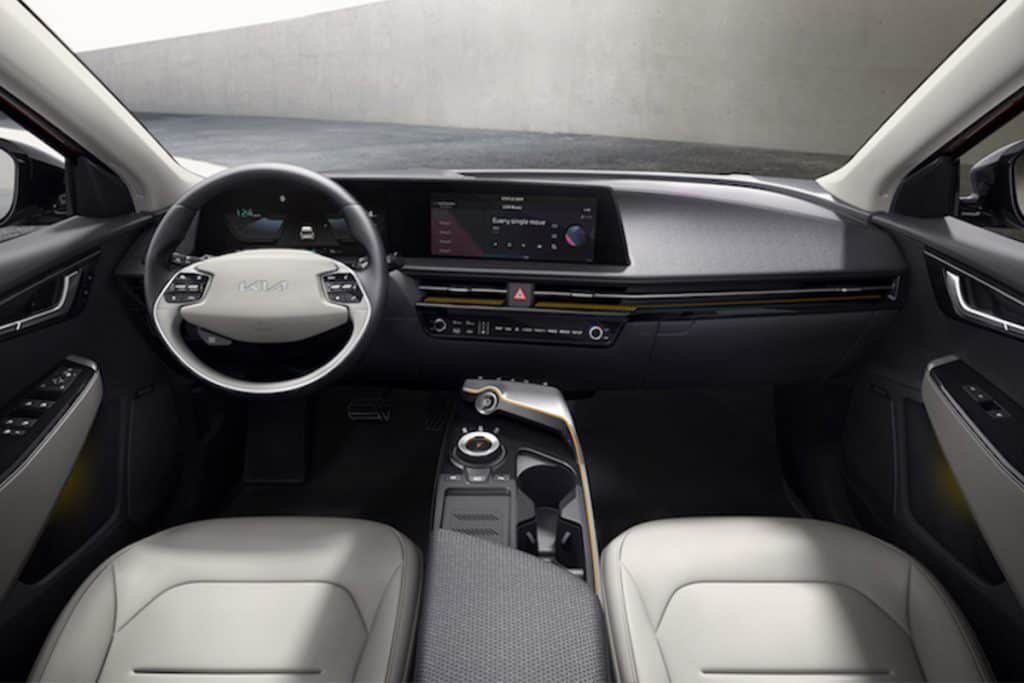
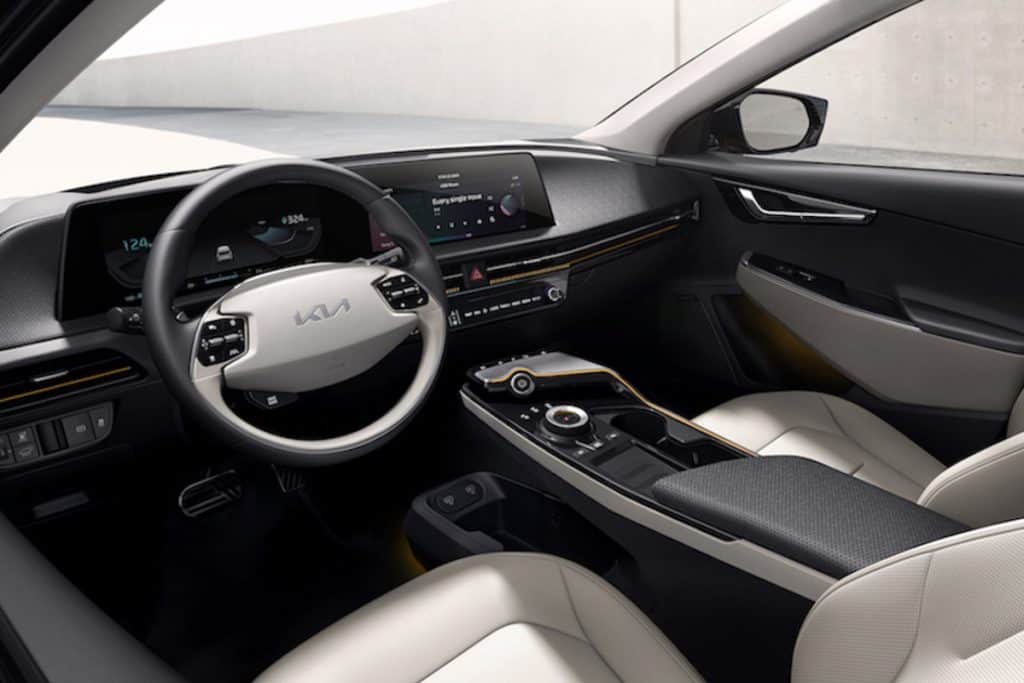
The “Opposites United” design philosophy is said to take inspiration from the contrasts found in nature and humanity. The new visual identity banks on contrasting combinations of sharp stylistic elements and sculptural shapes.
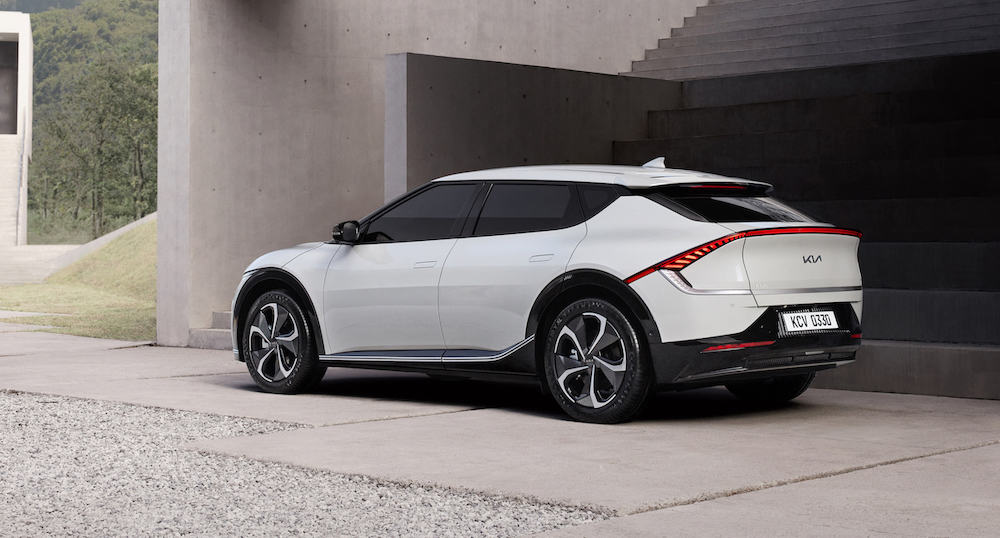
The philosophy is based on five key design pillars: ‘Bold for Nature,’ ‘Joy for Reason,’ ‘Power to Progress,’ ‘Technology for Life,’ and ‘Tension for Serenity.’
Bold for Nature, as its name implies, has a connection with the proportions found in natural and human worlds. It’s practically a design pillar that combines technical structures and finishes, simple lines with bold surfaces.
Joy for Reason focuses on the feel and ambiance of Kia’s future vehicles, described by the automaker as emotional, influencing the mood of passengers.
Power to Progress banks on the current design strengths of the brand. By keeping the lesson learned through the marque’s design-led transformation, Kia will continue to invent and innovate new designs.
Technology for Life, on the other hand, focuses more on the positive interaction between humans and machines. This will reflect on the in-car user experience, which will be seen in future Kia vehicles.
Tension for Serenity wants to evoke the tension between opposing forces and creative contrasts, achieving design equilibrium to form striking design concepts.
The Kia EV6 will be fully revealed this month, including details of its electric powertrain and other technical details. Design-wise, however, Kia’s move to the new design approach is evident inside and out.
Needless to say, all future Kia vehicles will be adopting the new Opposites United design language, which should be the core identity of the South Korean brand.
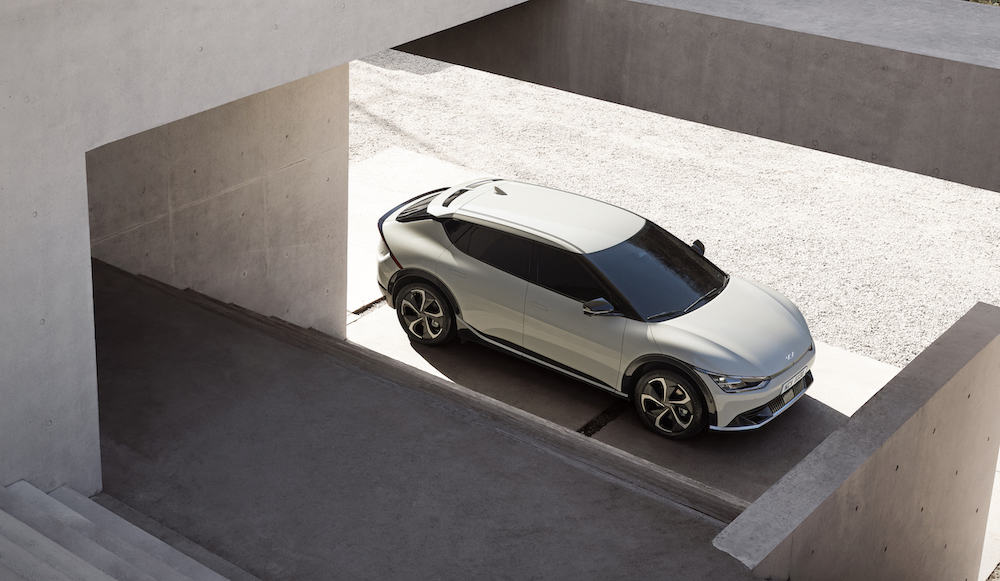
“We want our products to deliver an instinctive and natural experience that improves the daily lives of our customers. Our aim is to design the physical experience of our brand and to create original, inventive, and exciting electric vehicles. The ideas of our designers and the purpose of the brand are becoming more connected than ever, with our customers at the center of what we do and influencing every decision that we make,” said Karim Habib, Senior Vice President and Head of Global Design Center.
Truth be told, It may take a good four or five years before we see the revamped Kia design in the Philippines. But at least we get a preview of what the future has in store for the marque – something to look forward to in the years to come.

